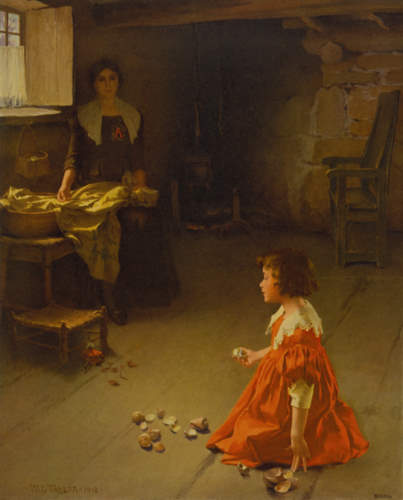Part I
You all got very fired up in class today. I like that. And it was funny to watch. Unfortunately, we got cut short. SO...here's your change to nail the opposing team once more before the debate is closed for good. If you have a counterpoint or rebuttle that did not get "air time," post it here. If not, describe which team gave the most compelling argument. Comment as many times as you like.
Part II
Ultimately, your opinions don't matter. Ha! Well, no, they matter, but not as much as the author's opinions matter. This is all about literary analysis afterall. So whether you think Dimmesdale or Chillingworth is more guilty, you have to put your own opinions aside and think about what side Hawthorne would take in this debate. In chapter 18, Hawthorne both direclty and indirectly reveals his opinions about the hierarchy of sins (hint: it's different from Dante's!).This is a pivotal moment in the novel. The chapter is called "A Flood of Sunshine".
- Reread this chapter, looking for moments where Hawthorne reveals his position on who is more guilty. Quote them.
- What is the difference between a "sin of passion" and a "sin of principle"?
- What is the significance of the "flood of sunshine?"
Answer:
- Why is this a crucial moment?
- Why does the sun suddenly burst forth in this way? What is the overall effect?
- What greater theme or purpose does Hawthorne convey in the scene?
Lastly, a personal question:
- What is your favorite part of the novel so far?
- Share a quotation from your favorite scene and explain why you selected it.













